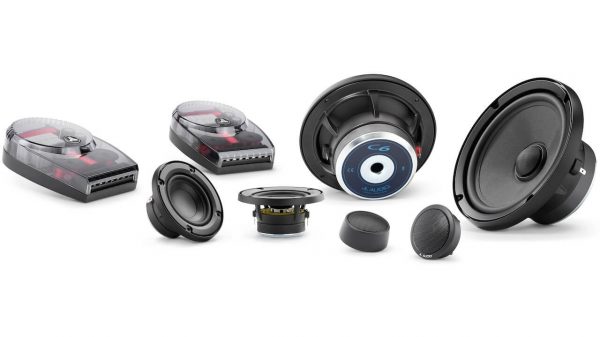CEA Issues First-Ever Industry Environmental Sustainability Report
The Consumer Electronics Association (CEA) today released the first industry-wide consumer electronics (CE) environmental sustainability report. Environmental Sustainability and Innovation in the Consumer Electronics Industry analyzes the CE industry’s progress toward greater environmental sustainability. Conducted for CEA by independent research firm Technology Forecasters Inc. (TFI), the study assesses industry progress in adopting sustainable policies, practices and programs and highlights specific environmental accomplishments by leaders in the consumer electronics industry.
“This study demonstrates the industry’s commitment to environmental sustainability through eco-design, energy efficiency, green manufacturing and electronics recycling,” said Gary Shapiro, president and CEO of CEA. “We are proud of our accomplishments thus far, but there is still work to be done. We look forward to the day the consumer electronics industry fully achieves our collective environmental sustainability goals.”
Highlights of the study include:
- Decreased electricity use: Among companies that reported reduced electricity consumption, electricity usage declined by as much as 25 percent during the past three to four years.
- Relative greenhouse gas reduction: Among the major CE companies that reported greenhouse gas emissions from 2004-2007, seven of the 10 have achieved a reduction per one million dollars revenue.
- Strong recycling commitment: Among 64 electronics companies surveyed, more than two-thirds — 69 percent — report that they are actively recycling electronic products and components, and 38 percent report reuse of the electronics products they make or use. Together, these actions have helped to recycle nearly 800,000 tons of electronic waste.
- Improved energy efficiency: Continuous improvement across the industry in nearly every product. The widespread shift from CRT to LCD monitors that occurred earlier this decade reduced average energy use per monitor by about 30 percent.
This report covers the sustainable practices chain from the internal processes of the CE companies to manufactured end products. The report observes how improved designs have enabled the production of products that require less packaging, contain fewer harmful chemicals and allow for increased usability, recycling, and energy conservation. The report also examines companies’ adoption of lean manufacturing processes, the greening of manufacturing facilities, and improved supply chain practices. Through improved efficiencies and significant resource conservation, these practices have played an integral role in limiting waste. Researchers also noted successful community and environmental outreach programs initiated and maintained by CE companies, another critical piece of the sustainability puzzle.
“We’re confident that the industry that brought us such vital technologies as computers and mobile phones can also have a positive impact on the environment,” said Parker Brugge, CEA’s vice president of environmental affairs and industry sustainability. “CEA is committed to providing the resources to support industry efforts toward environmental sustainability.”
The full report is available here: http://www.ce.org/PDF/Sustainability_Final.pdf
























